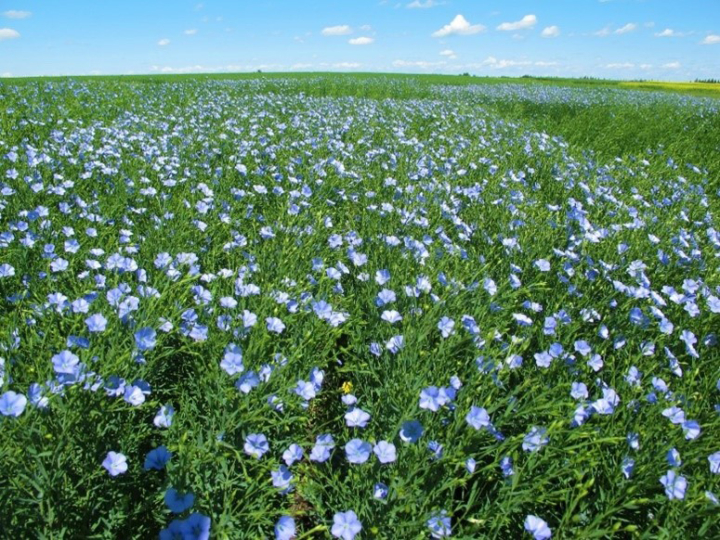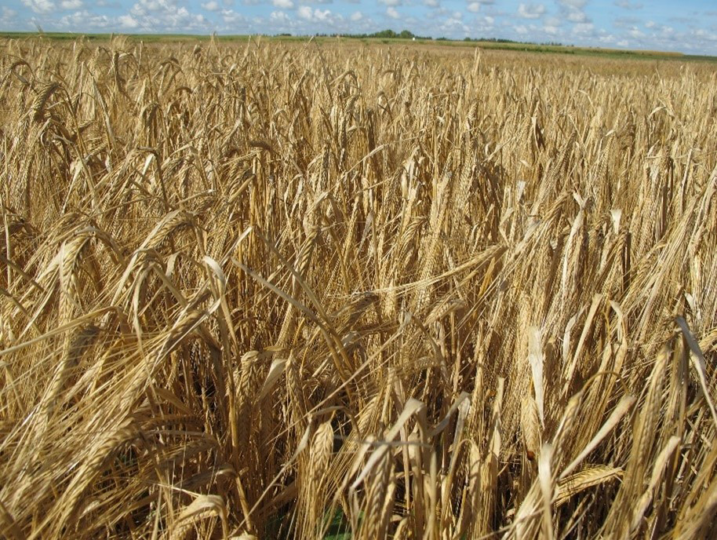Canola (Brassica napus)
Canola is one of the world’s most important oilseed crops; the only “made in Canada” crop. Canola is used for the production of food products, like cooking oils, margarines, shortenings, salad dressings, baked goods, and protein-products. It’s also used for the production of biofuels, animal feed, and industrial goods, like inks, plastics, cosmetics, paints, adhesives and sealants.
With 18.2 million tonnes being produced on 21.2 million acres in 2022, Canada is the world’s leading canola producer, followed by China and India. About 90% of the canola grown in Canada is exported. Alberta produces 5.6 million tonnes of canola on 6.5 million acres, which makes up about 30% of the Canadian acres.
InnoTech Alberta is a leader in crop protection and plant growth efficiency research. We are pioneers in controlling canola diseases, particularly in generating the performance data needed to create genetics, products, and sustainable agronomic practices.





